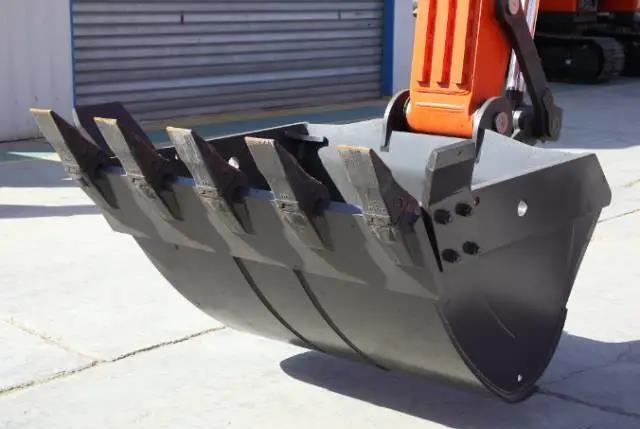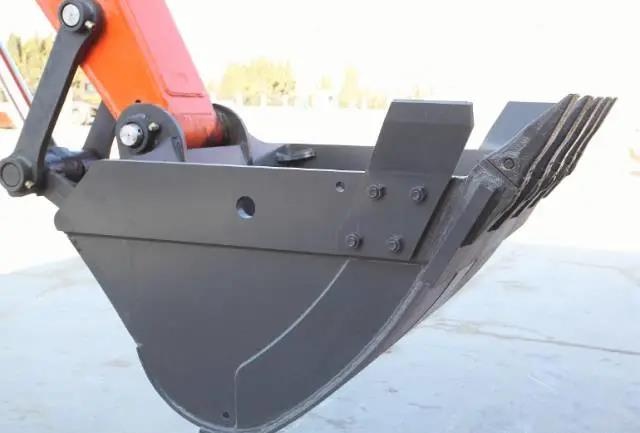 HuiTong
HuiTong  2025-06-13
2025-06-13
1. Preparation before welding
First cut off the worn bucket teeth from the bucket body, and then use an angle grinder to polish the place where the bucket teeth are installed. There should be no dirt, rust, and check carefully for cracks and other defects; use carbon arc at the place where the bucket teeth are to be welded Gouging out the groove and clean it with an angle grinder.

2. Welding
①First, use GBE309-15 electrode on the bucket body (joint with bucket teeth) for surfacing welding. The electrode should be dried at 350℃ for 15h before welding. The welding current should be too large and the welding speed should be slightly slower to ensure the fusion zone. The nickel content is 5% to 6% to prevent the generation of martensite sensitive to cracks.
② Perform tack welding. After the bucket teeth are assembled in place, use a D266 electrode with a diameter of 32mm to perform two-sided symmetrical tack welding, and the length of the welding seam does not exceed 30mm. Water cooling and hammering immediately after welding.
③ Bottom welding. D266 electrode with a diameter of 32MM is used for bottom welding. Use small current, DC reverse polarity, intermittent welding, short section welding. Water cooling should be timely every time the welding is stopped, and the temperature of the interlayer should be controlled below 50℃.
④ Perform filler welding. After the bottom welding is completed, use D266 electrode with a diameter of 4MM for intermittent welding. The welding current is 160A. One electrode is divided into 3 to 4 times to complete the welding. When the welding is stopped, the welding bead must be cooled to 50℃ with water in time. Below, hammering is carried out to eliminate stress and prevent carbide precipitation; every two layers are welded, the left and right welds are alternately welded to ensure the symmetry of the welding, until the weld foot reaches 16MM. Use a magnifying glass to check the cracks after each welding. If there are cracks, use carbon arc gouging to eliminate them before welding.

After more than a year of use after the excavator bucket body and bucket teeth were welded and repaired, the welds were still good. This method has high efficiency, low cost and good effect in repairing bucket teeth, and has certain practical value.